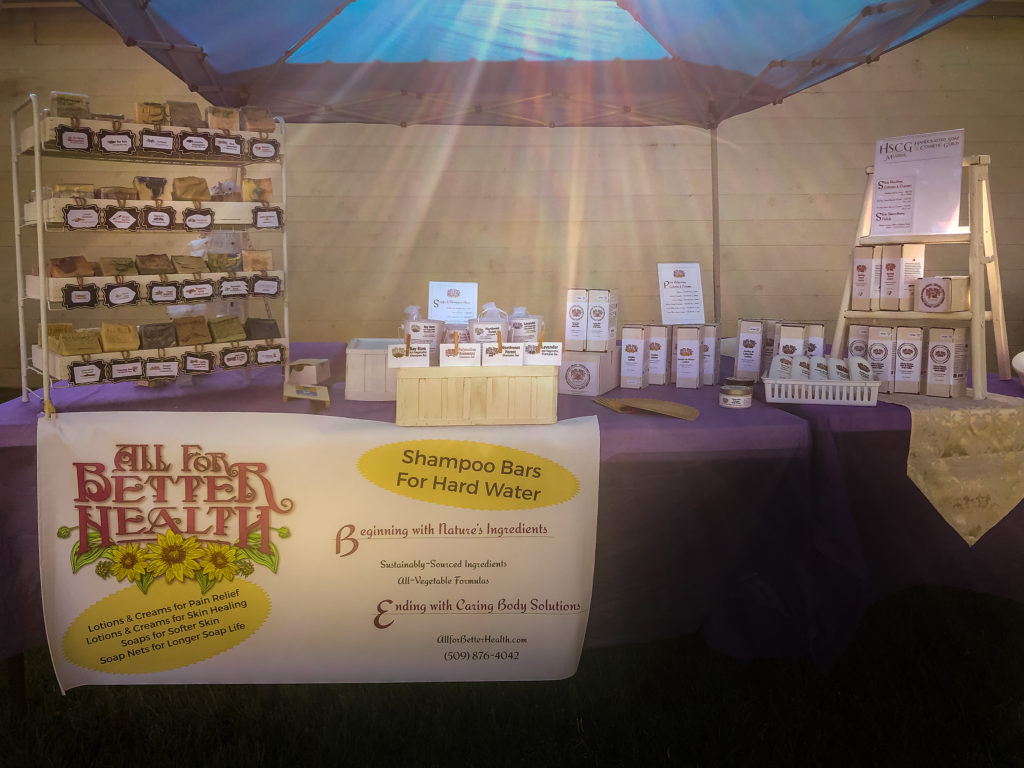
Lots of people think you use lotion exclusively on your hands or body, while cream is used exclusively on the face. This isn’t true! Cream may be better on your body. It might surprise you, but lotions aren’t always the best for dry skin, and creams aren’t always the worst choice for acne-prone skin. What goes into the lotion or cream counts!
Whether you’re looking for a moisturizer for your skin or something to soothe your dry hands, it can be difficult to know exactly what products are best for you. The two products that are most often confused are lotion and cream.
What’s the difference? This guide will help you choose which one is right for you.
Basic Differences between Lotion and Cream
Lotions are lighter than creams. Typically, they’re more water-based, and if they’re formulated for oily skin, they may be oil-free. Lotions also absorb into the skin more easily.
Creams are thicker than lotions and tend to leave a residue on top of the skin. They’re typically oil-based, but they may also contain a high level of water. If the right types of oils are used, a considerable amount of water can still be added.
These are the major differences between lotion and cream. Here is the rest you need to know about these two popular moisturizing agents.
Your Skin Type Matters
Choosing between a lotion or cream depends on your primary skin type—dry, oily or combination. Then consider secondary skin conditions such as sensitive, thin, thickened or rough. These secondary conditions may occur with any skin type.
Dry Skin
Have mildly dry skin? Lotions are the perfect choice for you. If you’ve ever used Oil of OlayÒ, you know how watery it feels. However, women for years have found its light, water-rich formula works to minimize fine lines and dryness on the face.
Lotions are made specifically with dry skin in mind, since they are lighter and more moisturizing than cream. So if you’re looking for a moisturizer to use at night, a lotion may be better because it won’t clog your pores like creams may.
However, if you have parched skin, a cream may be best. Even if the formula has the same amount of water, the ingredients used to make the cream thick tend to increase moisturizing power.
Oily Skin
Lotion is usually better for those with oily skin because it’s lighter. Many lotions are oil free, so they don’t make your skin feel greasy like some creams can. It also won’t clog your pores or cause blackheads. That’s why lotion is one of the most popular moisturizers out there and a go-to for people with oily skin. However, if you have oily skin and you want something that will provide a little more coverage, then cream would be a better option than lotion.
Combination Skin
You’ll have to experiment with what works best for you. Lighter creams are typically better for combination skin because they can offer more moisture without feeling too heavy. Lotions are also good for combination skin but may not feel quite as moisturizing for this type of skin.
Sensitive Skin
Ingredients are everything when you have sensitive skin. If your basic skin type is oily, then look for a lotion that contains fewer ingredients. If your basic skin type is dry or a mixture of dry and oily, then look for a cream with a short list of ingredients. It’s easier to identify what’s irritating your skin.
To combat sensitivity, look for:
- Ingredients that have a history of soothing inflammation, such as Niacinamide (B3), aloe vera, colloidal oatmeal, green tea, licorice extract and chamomile.
- Soothing essential oils, such as thyme, eucalyptus, fennel, roman chamomile, helichrysum. (I would include clove and bergamot, but both oils increase sun sensitivity.)
To avoid irritants, watch for:
- Alpha hydroxy acid (AHA)
- Lactic acid and other acids
- Benzoyl peroxide
- Ingredients ending with “ol” such as alcohol or ethanol
There are now many brands that offer those with sensitive skin fragrance and dye-free formulas. So try looking for products like these if you have sensitive skin or want something light to apply after a long day in the sun.
Thin Skin
Thin skin is primarily an issue of the aging process. Too much exposure to the sun, smoking and poor nutrition may hasten the thinning. However, lotions or creams containing retinol and retinoids may help. Other ingredients that may be helpful include hyaluronic acid and witch hazel extract.
To delay thinning skin, use lotions or creams that contain ingredients to protect your skin from harmful UVA/UVB rays. Choose an SPF rating high enough to keep your skin from developing pink coloring between the hours of 10:00 am and 3:00 pm.
Thickened, Cracked or Rough Skin
There are many causes for thick or rough skin—failure to shed the surface layer of the skin, mechanical irritation, loss of moisture. In most cases, a combination of gentle exfoliation and a cream works best.
The thicker consistency of cream means it will likely stick around longer than lotion. Especially for cracked skin, a barrier cream is the best way to reverse painful fissures.
Conclusion
Choosing between lotion and cream depends primarily on your skin type, plus any additional skin concerns. At All for Better Health, we’ve developed both lotions and creams. Most are for relieving pain. However, I formulated two products to soothe irritated skin.
Check out our Healing Touch Lotion for mild dryness.
Check out our Healing Touch Barrier Cream for cracked heels and hands.




